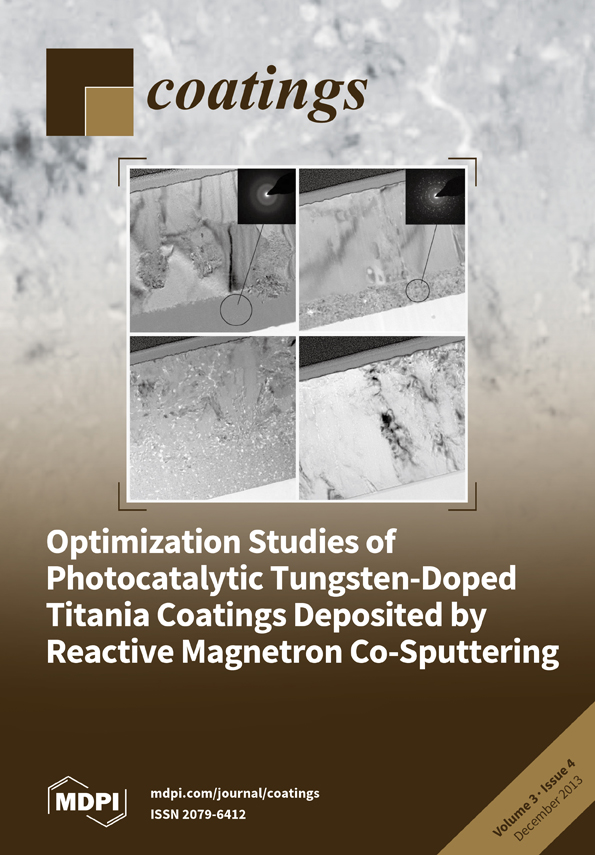Open AccessArticle
Gas Permeation, Mechanical Behavior and Cytocompatibility of Ultrathin Pure and Doped Diamond-Like Carbon and Silicon Oxide Films
by
Juergen M. Lackner, Claudia Meindl, Christian Wolf, Alexander Fian, Clemens Kittinger, Marcin Kot, Lukasz Major, Caterina Czibula, Christian Teichert, Wolfgang Waldhauser, Annelie-Martina Weinberg and Eleonore Fröhlich
Cited by 6 | Viewed by 10772
Abstract
Protective ultra-thin barrier films gather increasing economic interest for controlling permeation and diffusion from the biological surrounding in implanted sensor and electronic devices in future medicine. Thus, the aim of this work was a benchmarking of the mechanical oxygen permeation barrier, cytocompatibility, and
[...] Read more.
Protective ultra-thin barrier films gather increasing economic interest for controlling permeation and diffusion from the biological surrounding in implanted sensor and electronic devices in future medicine. Thus, the aim of this work was a benchmarking of the mechanical oxygen permeation barrier, cytocompatibility, and microbiological properties of inorganic ~25 nm thin films, deposited by vacuum deposition techniques on 50 µm thin polyetheretherketone (PEEK) foils. Plasma-activated chemical vapor deposition (direct deposition from an ion source) was applied to deposit pure and nitrogen doped diamond-like carbon films, while physical vapor deposition (magnetron sputtering in pulsed DC mode) was used for the formation of silicon as well as titanium doped diamond-like carbon films. Silicon oxide films were deposited by radio frequency magnetron sputtering. The results indicate a strong influence of nanoporosity on the oxygen transmission rate for all coating types, while the low content of microporosity (particulates,
etc.) is shown to be of lesser importance. Due to the low thickness of the foil substrates, being easily bent, the toughness as a measure of tendency to film fracture together with the elasticity index of the thin films influence the oxygen barrier. All investigated coatings are non-pyrogenic, cause no cytotoxic effects and do not influence bacterial growth.
Full article
►▼
Show Figures





